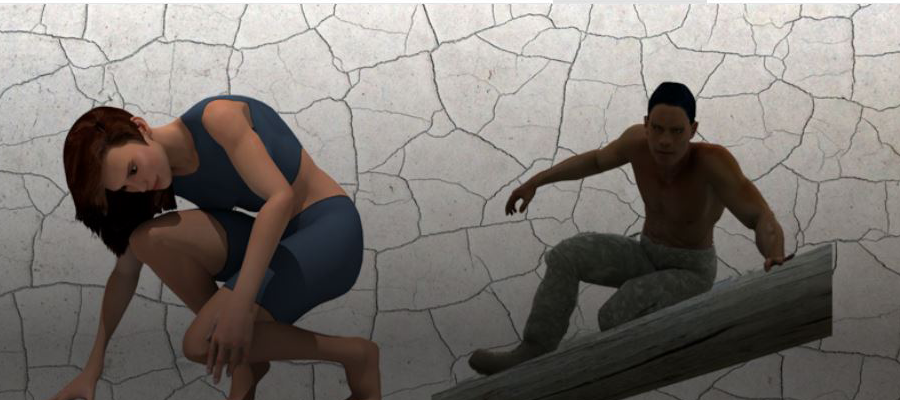Abstract
Posture/motion prediction is the basis of the human motion simulations that make up the core of many digital human modeling (DHM) tools and methods. With the goal of producing realistic postures and motions, a common element of posture/motion prediction methods involves applying some set of constraints to biomechanical models of humans on the positions and orientations of specified body parts. While many formulations of biomechanical constraints may produce valid predictions, they must overcome the challenges posed by the highly redundant nature of human biomechanical systems. DHM researchers and developers typically focus on optimization formulations to facilitate the identification and selection of valid solutions. While these approaches produce optimal behavior according to some, e.g., ergonomic, optimization criteria, these solutions require considerable computational power and appear vastly different from how humans produce motion. In this paper, we take a different approach and consider the Forward and Backward Reaching Inverse Kinematics (FABRIK) solver developed in the context of computer graphics for rigged character animation. This approach identifies postures quickly and efficiently, often requiring a fraction of the computation time involved in optimization-based methods. Critically, the FABRIK solver identifies posture predictions based on a lightweight heuristic approach. Specifically, the solver works in joint position space and identifies solutions according to a minimal joint displacement principle. We apply the FABRIK solver to a seven-degree of freedom human arm model during a reaching task from an initial to an end target location, fixing the shoulder position and providing the end effector (index fingertip) position and orientation from each frame of the motion capture data. In this preliminary study, predicted postures are compared to experimental data from a single human subject. Overall the predicted postures were very near the recorded data, with an average RMSE of 1.67°. Although more validation is necessary, we believe that the FABRIK solver has great potential for producing realistic human posture/motion in real-time, with applications in the area of DHM.
Keywords: inverse kinematics, optimization-based posture/motion prediction, IK validation, FABRIK
How to Cite:
Lamb, M. & Lee, S. & Billing, E. & Högberg, D. & Yang, J., (2022) “Forward and Backward Reaching Inverse Kinematics (FABRIK) solver for DHM: A pilot study”, Proceedings of the 7th International Digital Human Modeling Symposium 7(1): 26, 11 pages. doi: https://doi.org/10.17077/dhm.31772
Rights: Copyright © 2022 the author(s)
Downloads:
Download PDF
View
PDF

